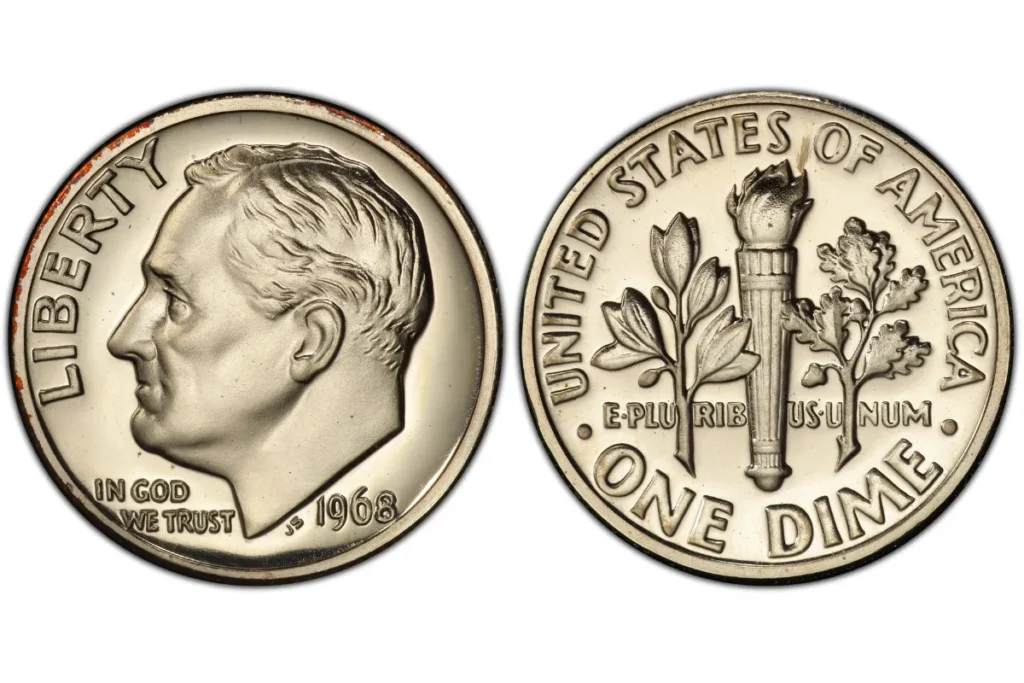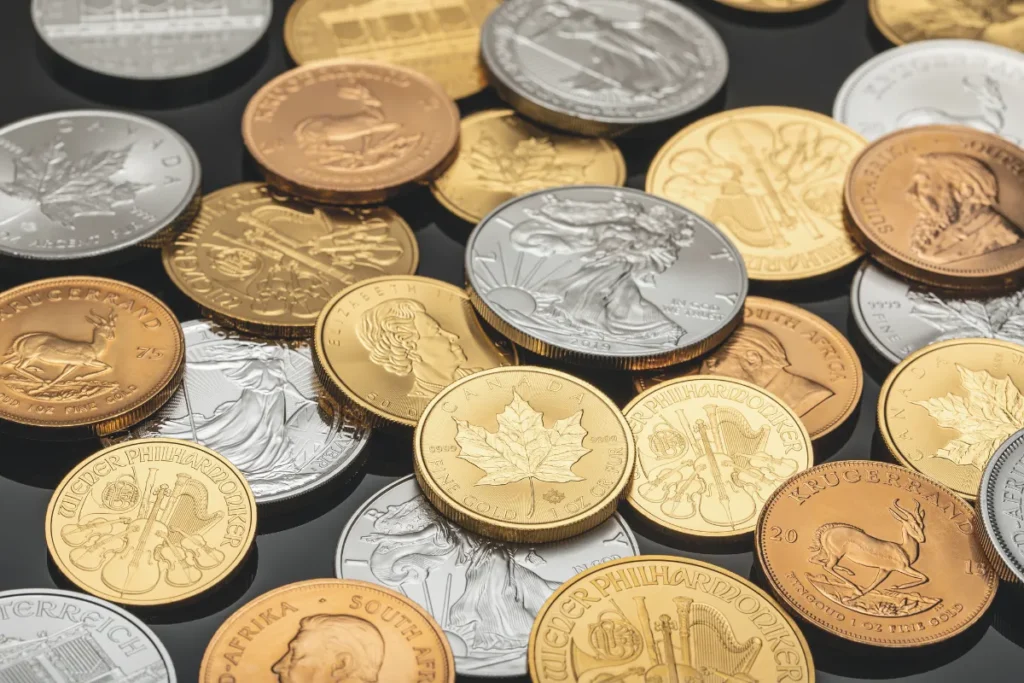For coin collectors and enthusiasts, the allure of rare and valuable treasures hidden within the depths of pocket change is irresistible.
Among the most coveted treasures in the world of numismatics are Bicentennial quarters—commemorative coins minted to celebrate America’s 200th anniversary in 1976.
While most Bicentennial quarters are worth only their face value of 25 cents, a select few are worth far more, commanding prices upwards of $45,000 each.
Join us as we delve into the fascinating world of Bicentennial quarters and explore the stories behind 8 rare specimens that have captured the imagination of collectors around the globe.
The “No S” Proof Error:

One of the most sought-after Bicentennial quarters is the elusive “No S” proof error, which lacks the customary “S” mint mark indicating that the coin was minted at the San Francisco Mint.
Believed to be a unique specimen, the “No S” proof error is the result of a production mishap that occurred during the minting process.
In 2016, a rare example of the “No S” proof error sold for a staggering $440,000 at auction, making it one of the most valuable Bicentennial quarters ever sold.
The coin, which was discovered by a sharp-eyed collector in a proof set, sparked a bidding war among numismatists eager to add this rare treasure to their collections.
The “Type II” Reverse Design:

Another rare variation of the Bicentennial quarter is the “Type II” reverse design, which features the initials “FG” (for designer Frank Gasparro) closer to the drum near the colonial drummer boy.
Coins with the “Type II” reverse design are considered more desirable and can command higher prices on the secondary market.
In uncirculated condition, a Bicentennial quarter with the “Type II” reverse design can sell for upwards of $50 or more, depending on factors such as rarity and demand.
Collectors prize these coins for their unique design and historical significance, making them prized additions to any collection.
The “S” Mint Mark:

While the majority of Bicentennial quarters were minted in Philadelphia and Denver, a small number were produced at the San Francisco Mint and distributed exclusively in mint sets and proof sets.
Coins with the “S” mint mark are highly prized by collectors for their limited mintage and superior quality, commanding premiums far above their face value.
In pristine condition, a Bicentennial quarter with the “S” mint mark can sell for hundreds of dollars, depending on factors such as condition and rarity.
Collectors seek out these coins for their pristine condition and historical significance, making them prized treasures in the world of numismatics.
Off-Center Strikes:
Another factor that can increase the value of a Bicentennial quarter is an off-center strike, which occurs when the coin is not properly aligned with the dies during the minting process.
Coins with off-center strikes exhibit an uneven distribution of the design elements, creating a visually striking and unique appearance.
In uncirculated condition, a Bicentennial quarter with an off-center strike can sell for significant premiums, depending on factors such as the degree of misalignment and the overall condition of the coin.
Collectors prize these coins for their rarity and visual appeal, making them highly sought after on the secondary market.
Double Dies:
Double dies are another type of mint error that can increase the value of a Bicentennial quarter.
Double dies occur when the coin dies are misaligned during the minting process, resulting in a doubling of the design elements on the coin.
In uncirculated condition, a Bicentennial quarter with a double die error can sell for substantial premiums, depending on factors such as the severity of the doubling and the overall condition of the coin.
Collectors covet these coins for their rarity and visual appeal, making them prized additions to any collection.
Missing Letters and Numbers:
Occasionally, Bicentennial quarters may exhibit errors such as missing letters or numbers, which can increase their value to collectors.
These errors occur when the coin dies are damaged or worn, resulting in incomplete or missing design elements on the coin.
In uncirculated condition, a Bicentennial quarter with missing letters or numbers can sell for significant premiums, depending on factors such as the extent of the error and the overall condition of the coin.
Collectors seek out these coins for their rarity and unique appearance, making them highly desirable on the secondary market.
Grading and Authentication:
When collecting rare Bicentennial quarters, it’s essential to have the coins graded and authenticated by a reputable third-party grading service.
Grading determines the condition of the coin on a scale from poor to perfect, while authentication verifies the coin’s authenticity and ensures that it has not been altered or tampered with.
Coins that receive high grades from reputable grading services are more likely to fetch premium prices on the secondary market, as collectors value coins that are well-preserved and free from defects.
By investing in graded and authenticated coins, collectors can ensure the integrity and value of their collections for years to come.
Preservation and Display:
Once you’ve acquired rare Bicentennial quarters for your collection, it’s essential to preserve and display them properly to maintain their value and appeal.
Store your coins in protective holders or coin albums to shield them from damage and oxidation, and avoid handling them excessively to prevent wear and abrasion.
Consider displaying your coins in a secure and temperature-controlled environment, such as a display case or shadow box, to showcase their beauty and rarity to friends and fellow collectors.
By taking proper care of your coins and displaying them with pride, you can enjoy them for generations to come while preserving their value and historical significance.
Conclusion:
In conclusion, rare Bicentennial quarters offer an exciting opportunity for collectors to acquire valuable treasures with historical significance and aesthetic appeal.
Whether you’re drawn to coins with mint errors, design variations, or unique features, there’s a Bicentennial quarter out there waiting to be discovered and added to your collection.
By educating yourself about the various factors that contribute to the value of Bicentennial quarters, such as mint marks, design variations, and errors, you can maximize your chances of finding rare and valuable specimens.
Whether you’re a seasoned numismatist or a novice collector, the thrill of the hunt for rare Bicentennial quarters is an exhilarating adventure that promises excitement, discovery, and the potential for significant rewards.
So grab your magnifying glass, inspect your pocket change, and embark on a quest to uncover rare Bicentennial quarters valued at $45,000 or more

Thank you for the info you gave on these quarters,because I have been collecting these for a number of years. Thanks Gary